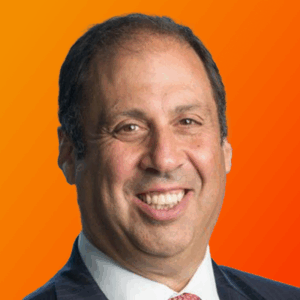In today’s evolving outsourcing environment, the competitive advantage is no longer defined solely by cost savings; it’s measured in the ability to balance technology, talent, and trust to deliver measurable business outcomes.
At our recent Briefing, “The Future of Call Center Partnerships,” CX leaders and strategic partners came together to discuss how maturing call center outsourcing models are reshaping the way organizations think about delivery models, commercial structures, and cultural alignment.
The conversations underscored that adaptability, collaboration, and secure data sharing are now foundational to innovation, whether integrating artificial intelligence (AI) into frontline workflows or optimizing global delivery networks.
The discussions revealed a clear trajectory: the shift toward outcome-based partnerships, expansion into emerging talent markets, and smarter integration of technology that amplifies, not replaces, human capability. The briefing provided a candid look at the strategies and operational realities shaping the next era of call center partnership.
For executive leaders, these insights are not just best practices; they’re a roadmap for building more resilient, value-driven partnerships in a complex and fast-moving market.
Let’s dive in.
Data Access as a Prerequisite for Innovation
Data emerged as the bedrock of effective call center partnerships. Without secure, timely access to operational data, even the most advanced tools can fail to deliver impact.
Participants shared cases where structured data sharing with trusted partners enabled AI-powered solutions, such as agent assist systems, that cut handle times and improved first-contact resolution. Yet the true enabler was not the technology itself, but the integration made possible by shared visibility into customer interactions.
“There is limited capability that us as a partner can provide without… access to data… we need you to trust us with your data… if we can resolve that challenge… we are in a position to drive a lot more value than what we’re driving now,” explained Steve Gush, Senior Vice President, Digital Services at Foundever, underscoring data’s central role in innovation.
“From a brand perspective, there’s this desire for us to be more innovative, to bring more technology, to bring more capability, and then from a partner perspective, it’s like we need you to trust us with your data,” said Doug Hoffschwelle, General Manager & Senior Vice President, Hypergrowth CX at ibex. “If we can resolve that challenge, I think we are in a position to drive a lot more value than what we’re driving now.”
To strike the right balance, leaders emphasized governance frameworks that protect sensitive information while enabling the real-time analytics, predictive modeling, and optimization necessary for modern service delivery. This balance sets the stage for the next challenge: leveraging automation effectively alongside human talent.
Balancing Automation with Workforce Strategy
While automation promises efficiency, leaders were unequivocal: people remain central to service excellence. The most effective programs use automation to elevate, not replace, human expertise.
“We launched AI in March, and we’ve got 1,200 different scenarios… those insights are then informing the copilot… what kind of real-time guidance can you give to the agents? How can you summarize things… optimizing knowledge bases… those are really practical things we’re doing,” described Jason Rosser, Executive Vice President, Solutions & Operations Strategy at IntouchCX.
One example described AI knowledge systems that freed agents from repetitive tasks, allowing them to focus on complex issues, a shift that boosted both customer outcomes and employee engagement. These gains depended on intentional workforce strategies, including targeted training, clear career pathing, and retention programs.
In discussing recruitment innovation, Jarrod Johnson, Chief Customer Officer at TaskUs shared, “We ended up deploying AI technology at the front of the recruitment cycle to basically make the onboarding of a viable candidate much easier. We cut the cost to hire by 50 percent in eight out of 12 markets that we’re in around the world.”
“The tools that exist today allow us to really optimize that insights-to-action loop… to elevate that to a place where we’ll be able to partner on automation upstream in the future,” added Rosser, looking ahead to broader AI applications.
The takeaway was direct: automation and workforce strategy must advance in lockstep. Without a skilled and engaged human layer, technology alone cannot sustain customer trust or loyalty. This interplay also informs the way organizations now measure outsourcing value.
The Shift Toward Outcome-Based Models
The move from input-based pricing to outcome-driven models was a recurring theme. Success-based billing and performance-based contracts are aligning vendor incentives with critical business goals, from higher CSAT scores to improved resolution rates and even revenue generation.
“It’s about being open, about being flexible, to be willing to look at things very differently,” explained Jim Mitchell, Vice President of CX & DX Innovation at TELUS Digital, stressing the importance of mindset in achieving outcomes.
Adopting these models demands rigorous clarity on metrics, definitions, and governance processes. Done well, they enhance collaboration and accountability. Done poorly, they risk misalignment and eroded trust.
“Trust is so important to me. Are we trusted insights experts for your brand, or do we deeply understand your business, your customer, and your brand? Because if we’re not that, I don’t know how you can trust us and consider us for digital transformation,” added Hoffschwelle.
These commercial shifts are happening alongside another transformation: the diversification of global delivery.
Global Delivery Diversification
“The primary driver we saw initially was the business continuity and diversification of footprint for the English language… that has significantly shifted. Egypt, as a multilingual hub, has a relatively near-term trend that large brands are taking advantage of for cost efficiency and scale,” explained Johnson.
Emerging markets like Vietnam, Egypt, and Pakistan are gaining traction for their talent depth, cost efficiency, and scalability. Yet leaders cautioned that cost savings alone are not enough to justify market entry.
Cultural compatibility, language capabilities, infrastructure reliability, and workforce maturity remain decisive factors. This more selective approach reflects a broader shift toward building delivery ecosystems that are both cost-competitive and strategically resilient.
Demonstrating Measurable Impact
The day’s discussions underscored the importance of proving value through quantifiable results. Examples included:
- A 10 percent reduction in contact volume via automation and process redesign.
- A 20 percent CSAT improvement through targeted training and tech enablement.
- Faster ramp-up times for new hires with AI-assisted onboarding.
These successes reinforced the point: measurable performance improvements require precise alignment of strategy, technology, and execution. That alignment often depends on cultural cohesion across organizations.
Cultural Integration as a Performance Lever
Cultural misalignment can undermine even technically sound outsourcing programs. One case highlighted operational KPIs being met while customer sentiment declined due to mismatched interaction styles. The solution was targeted cultural training and feedback loops, which improved customer perceptions without major process overhauls.
This example illustrated that cultural integration, in communication, problem-solving, and service delivery, is not a soft consideration. It is a direct driver of performance and customer loyalty.
“The way that we live our core values… is the backbone of everything that we do… that culture has been our secret sauce to trying to drive industry best-in-class attrition… low attrition drives operational performance,” added Johnson, connecting culture to performance metrics.
The same principle applies when scaling programs.
Scaling Through Collaboration and Adaptability
As call center partnerships mature, flexibility becomes a competitive advantage. Leaders observed that the most scalable programs are built on joint scenario planning, transparent knowledge-sharing, and a willingness to recalibrate as conditions shift.
Poor scale planning, whether in tech capacity, workforce supply, or governance, can quickly erode program value. By contrast, proactive adaptation strengthens both operational resilience and partner relationships, paving the way for outsourcing’s evolving role.
Redefining the Strategic Role of Call Center Partnerships
Throughout the briefing, a clear shift in mindset emerged: outsourcing is increasingly seen not as a cost-reduction tool but as a strategic platform for innovation, customer engagement, and operational resilience.
This repositioning changes how leaders select partners, measure performance, and oversee programs at the executive level. Organizations treating outsourcing as a co-creation environment, rather than a transactional service, are better positioned to respond to market shifts and technological advances.
Conclusion
The “The Future of Call Center Partnerships” Briefing confirmed that the industry is in a period of strategic redefinition. Data governance, technology integration, human capital investment, outcome-based models, and cultural alignment are now interdependent levers for success.
For executives, it’s clear: structure outsourcing relationships as dynamic, trust-based partnerships capable of delivering measurable results today while adapting to the challenges of tomorrow. “I think the big buzzword for our industry over the next few years is really going to be orchestration… the ecosystem of your nearshore, offshore, and AI shore,” added Gush.
Thank You to Our Host and Partners
A special thank you to American Airlines for allowing us to host this Execs In The Know event at their headquarters in Fort Worth, Texas, and our business partners, Foundever, ibex, IntouchCX, TaskUs, and TELUS Digital, who joined us as panelists for “The Future of Call Center Partnerships Briefing.” Your thought leadership, perspectives, real-world examples, and candid insights enriched the conversation and helped shape the actionable takeaways shared here. Your commitment to advancing our industry made this discussion both valuable and impactful.
Stay tuned for details on our next Call Center Partnership Briefing, where CX leaders gather to share insights, spark ideas, and shape the future of outsourcing together.


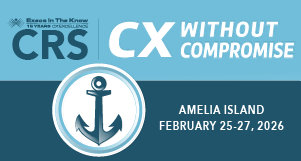




















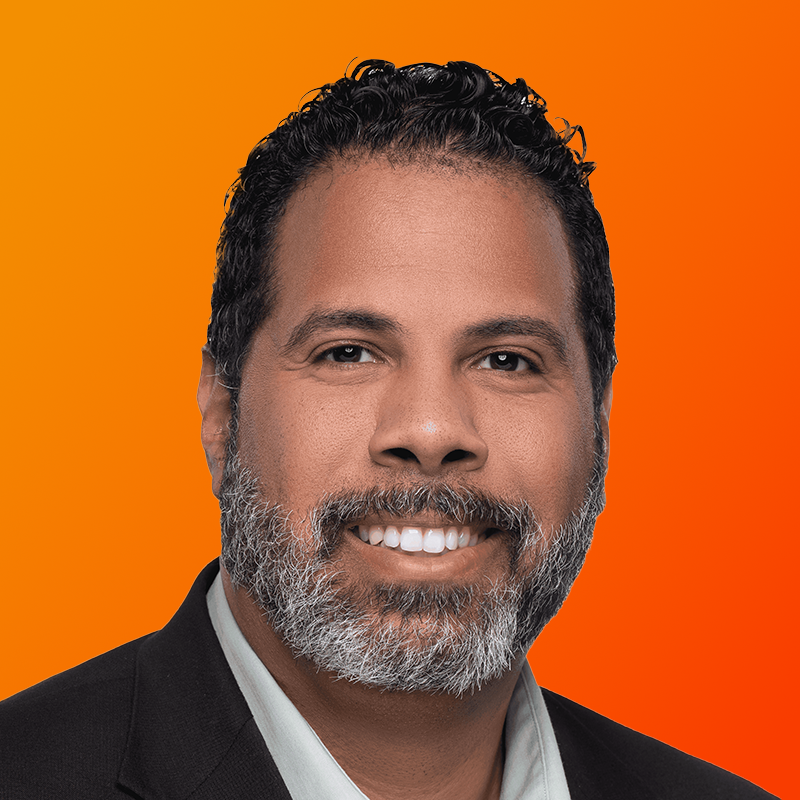









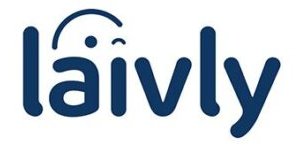



 TELUS Digital
TELUS Digital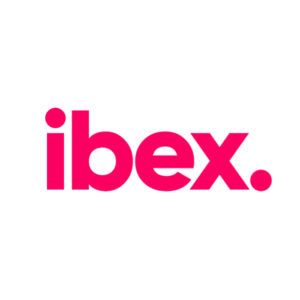 ibex delivers innovative BPO, smart digital marketing, online acquisition technology, and end-to-end customer engagement solutions to help companies acquire, engage and retain customers. ibex leverages its diverse global team and industry-leading technology, including its AI-powered ibex Wave iX solutions suite, to drive superior CX for top brands across retail, e-commerce, healthcare, fintech, utilities and logistics.
ibex delivers innovative BPO, smart digital marketing, online acquisition technology, and end-to-end customer engagement solutions to help companies acquire, engage and retain customers. ibex leverages its diverse global team and industry-leading technology, including its AI-powered ibex Wave iX solutions suite, to drive superior CX for top brands across retail, e-commerce, healthcare, fintech, utilities and logistics.



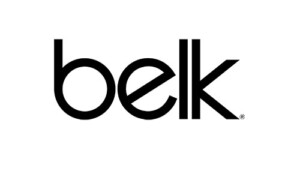















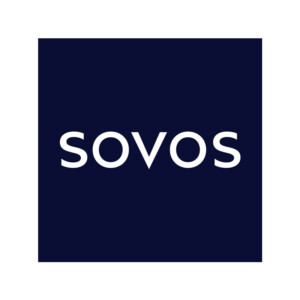


 Trista Miller
Trista Miller


























